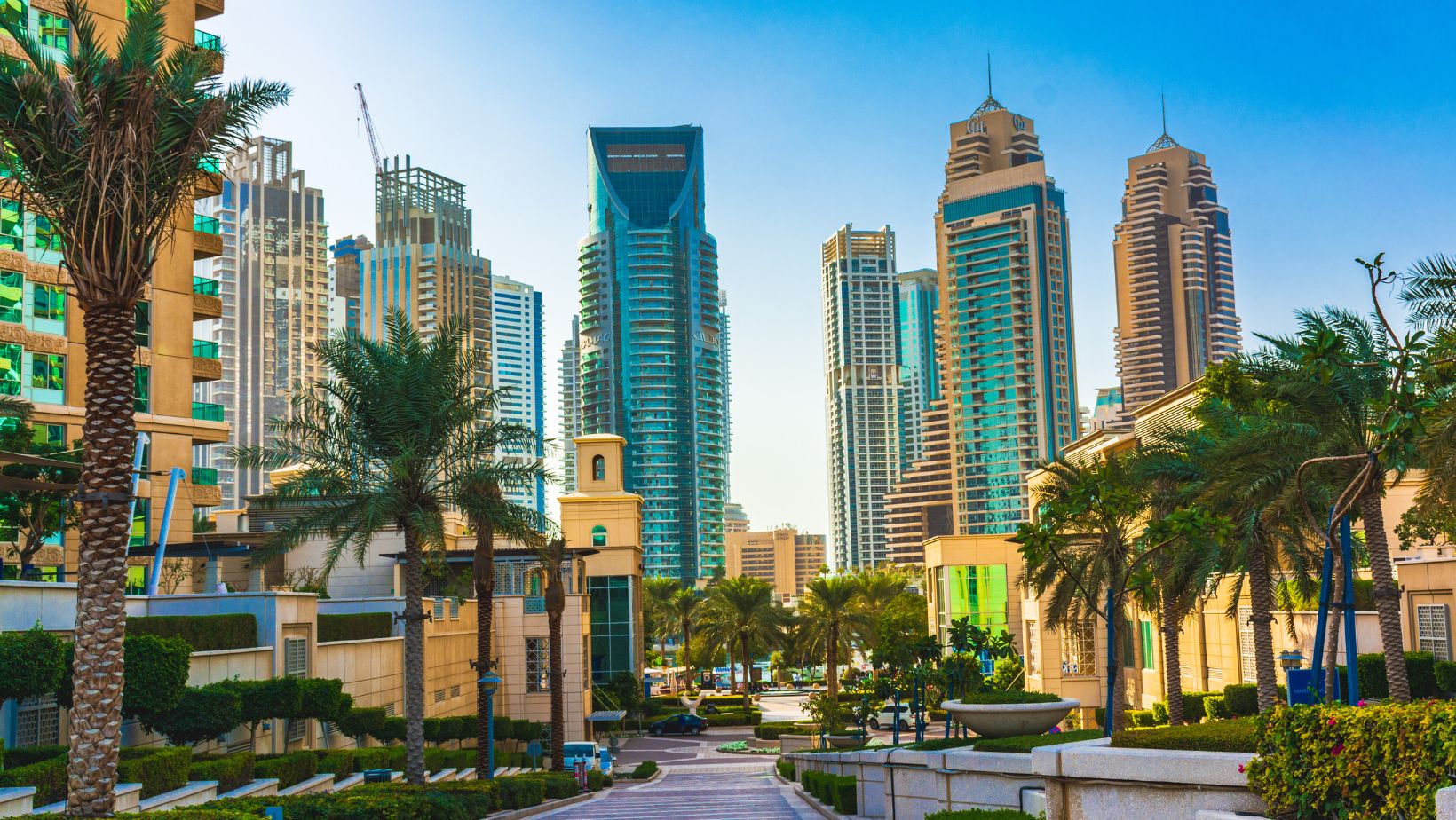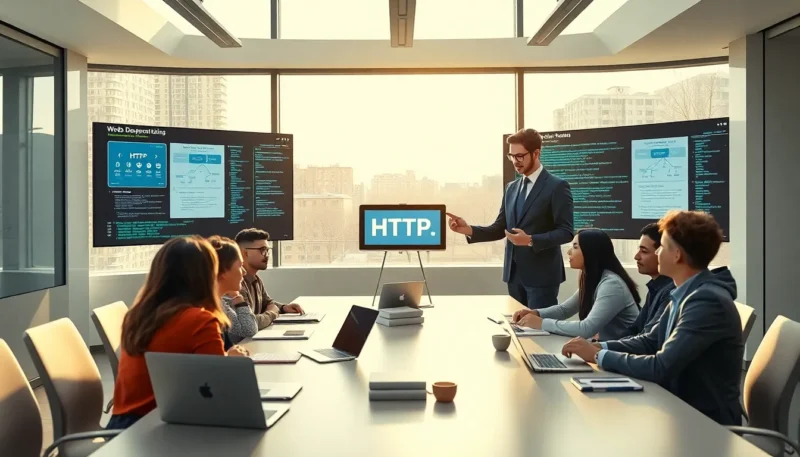
Consider a building that thinks, learns, and responds. It’s a living community where elevators communicate with lights, HVAC, and security networks to enable effortless experiences.
This is not a sci-fi fantasy; this is the future of interconnected smart building connectivity, where elevators are dynamic data centers for the Internet of Things (IoT). Let’s see how this convergence is changing contemporary infrastructure, one floor at a time.
Elevators as Data Powerhouses: Beyond Up and Down
Modern elevators are no longer isolated machines. By joining the IoT ecosystem, they collect and share insights that optimize entire buildings:
- Real-Time Traffic Analytics: Monitor rider patterns to predict peak hours and adjust elevator availability proactively.
- Energy Sync with HVAC: Coordinate with heating and cooling systems to reduce power use during low-traffic periods.
- Space Utilization Insights: Track foot traffic to optimize lobby layouts, office allocations, or retail placements.
These elevators don’t just move people, they move information to drive smarter decisions through smart building connectivity.
Energy Efficiency: Smarter Consumption, Smaller Footprint
IoT-connected elevators are key players in sustainable building strategies:
- Demand-Based Operation: Slow down or idle during off-peak times, cutting energy waste.
- Regenerative Energy Sharing: Transfer the braking energy into electricity to use for lighting or charging stations.
- Predictive Climate Control: Modulates elevator ventilation based on occupancy and outside weather conditions.
Buildings that utilize these capabilities frequently experience double-digit decreases in energy costs.
Predictive Maintenance: Repairs Before Breakdowns Happen
IoT makes maintenance proactive instead of reactive:
- Sensor-Driven Notifications: Identify wear in motors, cables, or brakes and arrange for repairs before failures occur.
- Remote Diagnostics: Technicians resolve problems using cloud data, reducing the need for on-site visits.
- Lifespan Optimization: Monitor component health to optimize replacements and increase elevator longevity.
This smart building connectivity solution reduces downtime and keeps riders moving safely.
User Experience: Elevators That Feel Intuitive
IoT integration makes elevators responsive to human needs:
- Personalized Journeys: Save your preferred settings (e.g., lighting, temperature) via user profiles synced with your smartphone.
- Touchless Navigation: Voice commands or app-based controls reduce physical contact in high-traffic areas.
- Real-time Updates: Display wait times or delays on apps, allowing users to adjust their schedules.
The result is rides that feel less like routines and more like tailored services.
Safety and Security: Connected Protection
IoT elevators enhance safety through seamless collaboration with building systems:
- Emergency Response Integration: Automatically reroute elevators during fires, guiding occupants to safe zones.
- Access Control: Sync with security systems to restrict access to floors via biometrics or keycards.
- Surveillance Coordination: Share data with cameras to monitor suspicious activity or assist in emergencies.
These features create safer environments without compromising convenience.
The Future: Where IoT and Elevators Are Headed
The evolution of smart building connectivity is accelerating with trends like:
- AI-Powered Learning: Elevators that adapt to seasonal traffic shifts or special events.
- 5 G-Enabled Speed: Ultra-fast data transfer for real-time decision-making in skyscrapers.
- Blockchain Security: Encrypted data logs to prevent hacking in sensitive environments.
As IoT networks expand, elevators will become even more central to building intelligence.
Elevators as the Heartbeat of Smart Buildings
Smart building connectivity isn’t just wires and sensors—it’s designing spaces that respond before they’re needed, save resources, and put people first. By integrating elevators into the IoT environment, buildings become responsive, optimized spaces where every element harmonizes.
Trimming energy costs, relieving congestion, or providing peace of mind, this kind of integration shows us that the urban future is not just connected—it’s considerate.














